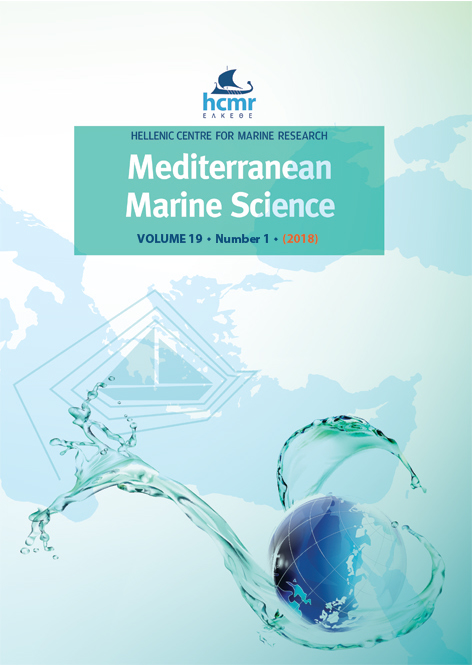The dynamics of phytobenthos and its main drivers on abrasion platforms with vermetids (Alicante, Southeastern Iberian Peninsula)

Abstract
Abrasion platforms with vermetids shape unique seascapes and biotic assemblages that characterize several of the warm Mediterranean coasts. The composition, structural and seasonal dynamics of the platforms’ phytobenthos were examined at two Southeast Iberian locations through non-destructive sampling. The patterns observed were linked with environmental variables and grazers’ coverage, and we assessed their possible influence. Structural descriptors α-diversity and β-diversity were applied, pointing that depth and season-related variables were the major influencing drivers. Higher α-diversity and β-diversity values during winter and spring coincided with the production optimum of the community. A greater average water depth influences the abundance of both midlittoral and infralittoral taxa. The strong resemblance between the phytobenthos of these vermetid platforms and that on similar platforms in the Eastern and Central Mediterranean Sea suggests that these are affected by the same structuring mechanisms.
Article Details
- How to Cite
-
TERRADAS FERNÁNDEZ, M., BOTANA GÓMEZ, C., VALVERDE URREA, M., ZUBCOFF, J. J., & RAMOS ESPLA, A. (2018). The dynamics of phytobenthos and its main drivers on abrasion platforms with vermetids (Alicante, Southeastern Iberian Peninsula). Mediterranean Marine Science, 19(1), 58–68. https://doi.org/10.12681/mms.14143
- Issue
- Vol. 19 No. 1 (2018)
- Section
- Research Article
Authors who publish with this journal agree to the following terms:
- Authors retain copyright and grant the journal right of first publication with the work simultaneously licensed under a Creative Commons Attribution Non-Commercial License that allows others to share the work with an acknowledgement of the work's authorship and initial publication in this journal.
- Authors are able to enter into separate, additional contractual arrangements for the non-exclusive distribution of the journal's published version of the work (e.g. post it to an institutional repository or publish it in a book), with an acknowledgement of its initial publication in this journal.
- Authors are permitted and encouraged to post their work online (preferably in institutional repositories or on their website) prior to and during the submission process, as it can lead to productive exchanges, as well as earlier and greater citation of published work (See The Effect of Open Access).




